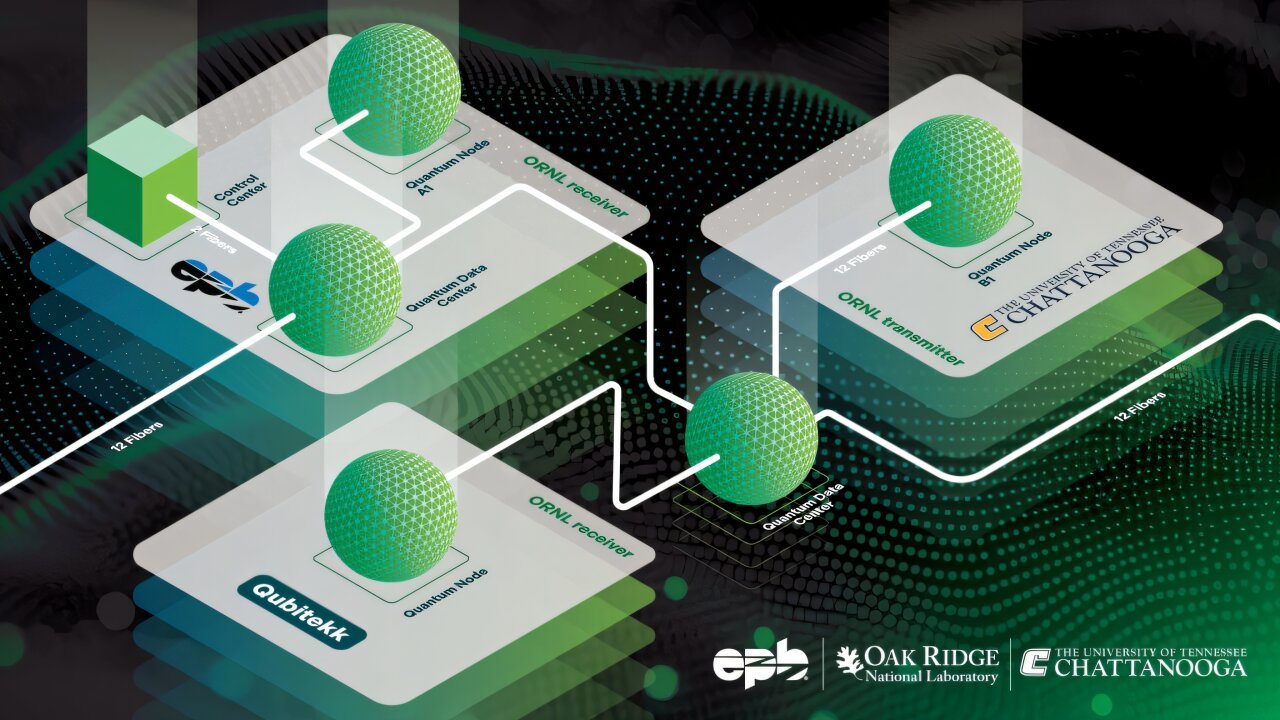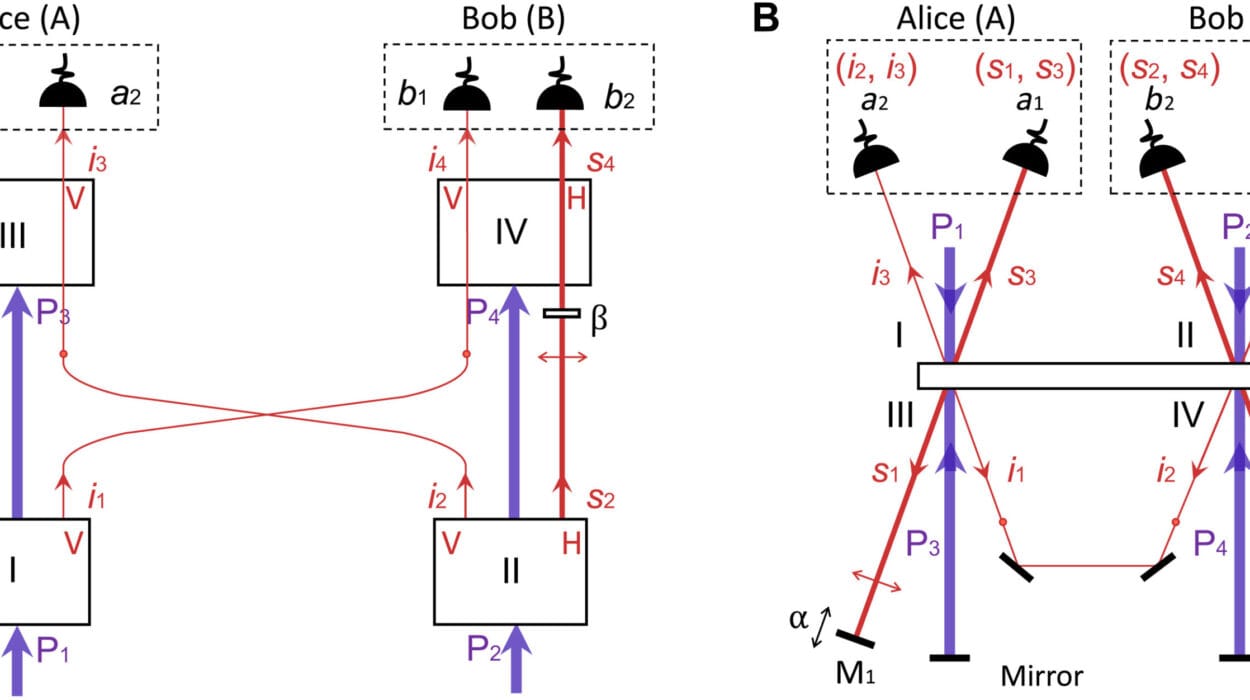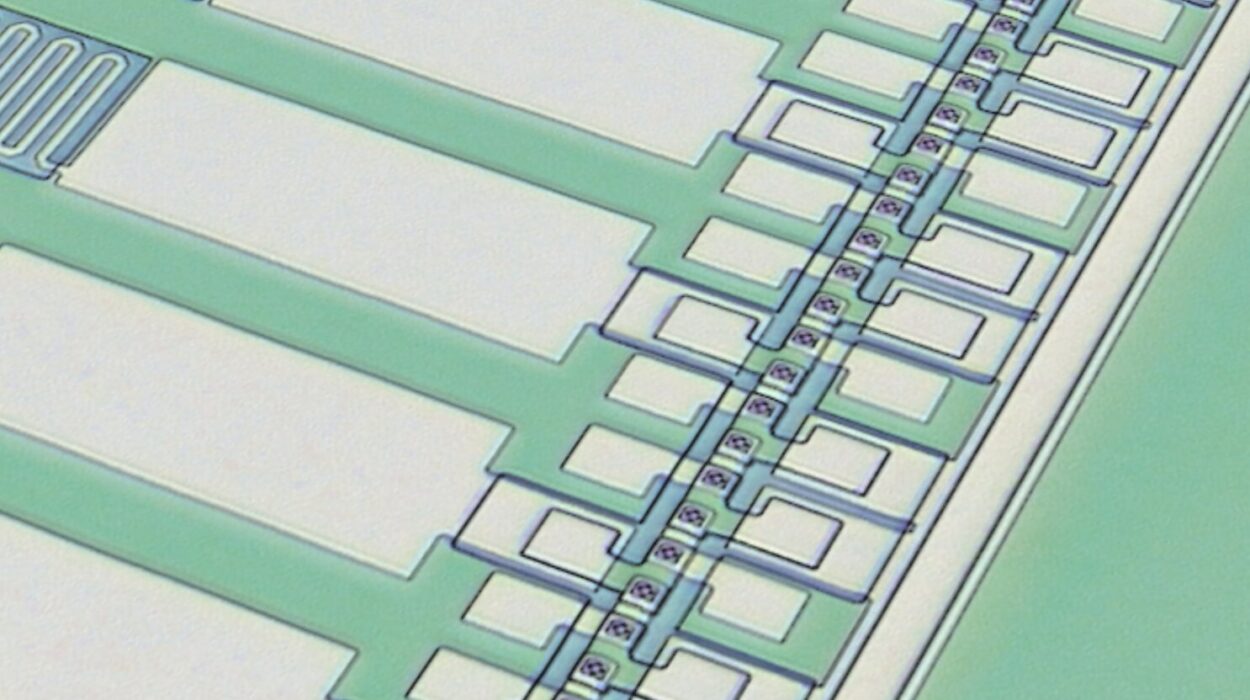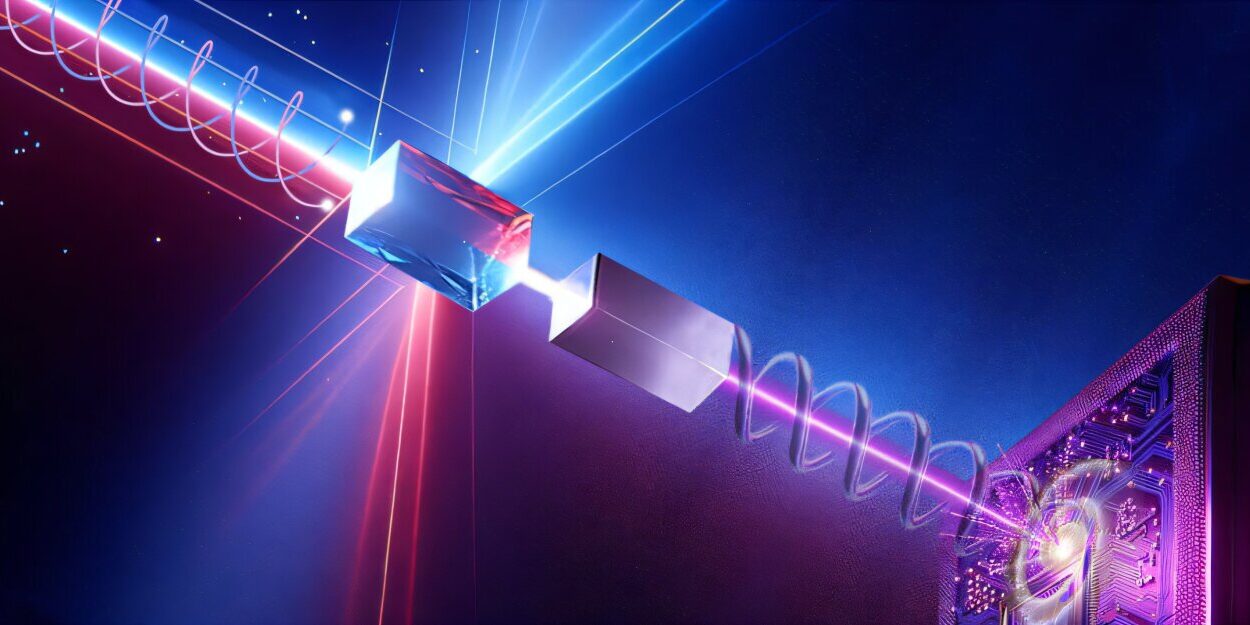Researchers at the Department of Energy’s Oak Ridge National Laboratory (ORNL) in partnership with EPB of Chattanooga and the University of Tennessee at Chattanooga (UTC), recently made a groundbreaking advancement in the field of quantum communications. They successfully demonstrated the first transmission of an entangled quantum signal using multiple wavelength channels combined with automatic polarization stabilization (APS) over a commercial network. What makes this achievement remarkable is that the entire process was carried out over a commercial quantum network without any downtime—a crucial milestone on the path to developing a quantum internet that could eventually outstrip existing networks in capability and security.
Quantum communications, an emerging field at the cutting edge of technological research, hinge on the use of quantum entanglement, where particles such as photons become so closely linked that the state of one instantly affects the state of the other, regardless of the distance separating them. This peculiar phenomenon holds immense potential for creating secure networks that are fundamentally immune to eavesdropping, as any attempt to interfere with quantum information inherently alters the data, revealing the presence of a hacker.
The recent breakthrough in Chattanooga utilized a process known as automatic polarization compensation (APC) to maintain the stability of polarization—the direction of oscillation of a light wave’s electric field—during transmission over fiber-optic cables. In quantum communications, polarization is often used to encode information in the form of qubits. The challenge in maintaining the fidelity of the transmitted data lies in the fact that environmental factors—such as wind, temperature shifts, and vibrations—can alter the polarization of photons traveling through fiber-optic cables, leading to signal distortion and the loss of valuable quantum information. Through the implementation of APC, researchers were able to stabilize the polarization, effectively compensating for these environmental effects.
The success of the demonstration owed much to the precision of the APC system, which was able to continuously measure the polarization of the transmitted signal with the help of reference signals generated by lasers. These reference signals were constantly cross-checked with the actual signal being transmitted using a highly sensitive detection method called heterodyne detection. This allows for real-time corrections to the polarization, ensuring that the signal is maintained without any disruption. By minimizing the interference that typically arises from environmental fluctuations, this technology demonstrates a critical step in making quantum communication systems more reliable and efficient.
One of the defining aspects of the trial was that the network operated with 100% uptime—an impressive feat for a quantum communication system. Joseph Chapman, the lead quantum research scientist at ORNL who spearheaded the study, emphasized the significance of the approach. The goal from the outset, according to Chapman, was to design quantum communication systems that could run seamlessly for users, providing a consistent, uninterrupted signal without the need for scheduled downtime. “This is the first demonstration of this method, which enabled relatively fast stabilization while preserving the quantum signals,” he said.
Throughout the demonstration, the transmission of quantum entanglement between a UTC node and two EPB quantum network nodes, located approximately half a mile apart, continued for over 30 hours without a single interruption. Each node in the network relied on photon pairs that were entangled in polarization, which, as mentioned earlier, is the key to the success of quantum communications. The entangled photons form the backbone of quantum information systems, transmitting data securely over long distances through processes like quantum teleportation—where entangled particles are used to transfer quantum states between distant locations.
The study was especially noteworthy due to the innovative approach it used to handle the key challenge of polarization stability. Previous attempts to stabilize polarization often involved compromises that included temporary shutdowns or manual adjustments to the network. These systems were vulnerable to delays, interruptions, and could only handle specific types of polarization. The ORNL team’s breakthrough in automatic polarization stabilization resolved these challenges, removing the need for system downtimes and achieving the desired reliability under a broad range of conditions.
Chapman, who also led the use of entanglement-assisted quantum process tomography in the trial, said they could assess the properties of the quantum channel—specifically the in-ground fiber optic cables used—and check for any changes to ensure minimal loss of data quality. He likened the delicate task of maintaining the network’s stability to tuning an instrument. “An experienced musician with a good ear can tell the difference when two instruments are out of tune,” Chapman noted. “In our APC, we’re using a laser to do the same thing with our reference signals.”
A major innovation in this method was its ability to stabilize the quantum signal without resetting the network periodically, a solution that had proved unsuccessful in previous technologies. The results of the trial confirmed that the APC-based approach not only handled polarization interference from external environmental influences but also did so in a way that minimized added noise. “The system worked as expected,” Chapman added, confirming that the process had not only maintained polarization but kept the network running at full bandwidth during the entire transmission. This level of performance promises to enhance the scalability and feasibility of using quantum networks for real-world applications.
Moving forward, Chapman and his team at ORNL intend to expand upon their methods, striving for even higher performance in the coming years. They have already applied for a patent for their innovation and are now focusing on enhancing bandwidth capabilities and extending the range of their compensation method. This work is pivotal for the development of next-generation quantum networks that need to operate efficiently in real-world settings.
As the demonstration highlights, partnerships like those between ORNL, EPB, and UTC are proving essential in advancing quantum communications. David Wade, EPB’s CEO, explained the collaborative nature of the project and its significance to the future of the quantum industry. “Working with organizations like ORNL provides valuable feedback for how we can continue to enhance EPB Quantum Network as a resource for researchers, startups and academic customers,” Wade said. “Since launching a commercially viable quantum network, we’ve begun working to prepare our community to benefit from the advancements in the quantum future and establish Chattanooga as a destination for developers and investment.”
The success of the trial also underscores the importance of collaboration in pioneering complex fields such as quantum technology. Reinhold Mann, vice chancellor for research at UTC, highlighted the university’s continued commitment to supporting the development of quantum information science and technology. “This partnership advances quantum information science and technology and adds to our special experiential learning offering for our students,” Mann said, reinforcing UTC’s role in advancing this innovative work.
Ultimately, this breakthrough experiment in Chattanooga signifies just one of the early stages in the development of a full-fledged quantum internet—a network that promises vastly improved communication security and entirely new computational capabilities. Researchers, engineers, and institutions around the world are working tirelessly to bridge the gap between quantum theory and practical, scalable technology. As the race continues toward creating the next generation of high-speed, secure communication systems, collaborations like the one between ORNL, EPB, and UTC represent vital steps toward creating a quantum future where secure, instantaneous communication could become a reality.
Reference: Joseph C. Chapman et al, Continuous automatic polarization channel stabilization from heterodyne detection of coexisting dim reference signals, Optics Express (2024). DOI: 10.1364/OE.543704






